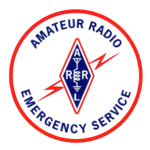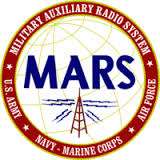From https://ema.arrl.org:
Alan Hicks, KD1D, writes on NEMass fox hunters list:
* All the 2-meter FM foxes belonging to PART of Westford members transmit on 146.565 MHz.
* Currently the KD1D and W1HFN foxes use the Squawkbox module, which typically transmits a short (e.g. 30 second) voice message and repeats once per minute. The low power output of about 50 mW allows more than one Squawkbox to be on the air if they are far enough apart. Often, I have one operating in Westford and W1HFN has one operating in Littleton simultaneously.
* Other two-meter fox boxes operated by our club members (including KB1MGI) use the Byonics module which sends a series of tones for a fixed period (e.g. 30 minutes) when activated by the hunter sending a DTMF ‘2’ for two seconds.
* Occasionally, Andy Stuart, KB1OIQ, puts out an 80-meter Fox operating around 3.6 MHz.
[KB1OIQ: It is supposed to be the color burst frequency. This fox is really a Cricket 80A CW transceiver driven by an Arduino. Yes, it is a bit overkill but I had fun making it. It consumes too much power, so when it is out, it is usually only for a day or two. It has a built-in real time clock so it only transmits during the daylight hours (approximately). I also occasionally put out a 2m fox, which is a Byonics MicroFox, transmitting about 15 mW. This fox transmits 24×7 for several days until I retrieve it. I have also been accused of hiding a fox inside of a plastic owl, up on a tree branch. Fox hunters claim to have heard the CW message, “I am most wise.”]
* The operators usually post frequency and activation information, when they announce the hunt. I’ve gotten a bit lazy on that score and will try to mend my ways!
* Similarly, we usually announce the location (usually conservation, recreation or other public area), although lately I have been providing only clues to add a challenge.
* Some of the foxes use an HT transmitting 1 or 2 watts, in which case, we usually just announce the town it is in to practice long-distance direction finding similar to what we would need to track down a repeater troll.
It’s great to have fox hunters from outside the Westford area participating! I will try to take that into consideration when doling out clues in the future.
73 and Happy Hunting!
Alan KD1D
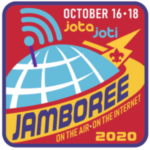 Jamboree on the Air (JOTA) and Jamboree on the Internet (JOTI) will be held this year on October 16, 17, and 18. Register online as an individual or as a group.
Jamboree on the Air (JOTA) and Jamboree on the Internet (JOTI) will be held this year on October 16, 17, and 18. Register online as an individual or as a group.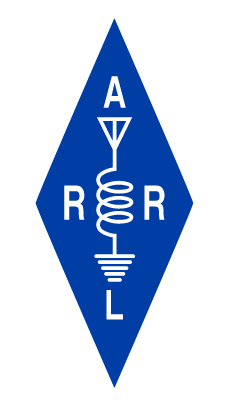
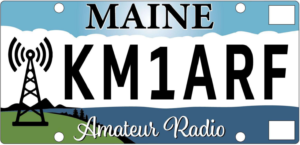
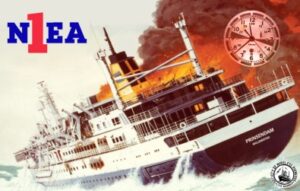 From ema.arrl.org:
From ema.arrl.org: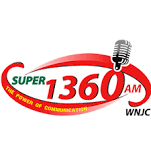 Les Rayburn, N1LF, writes:
Les Rayburn, N1LF, writes:
